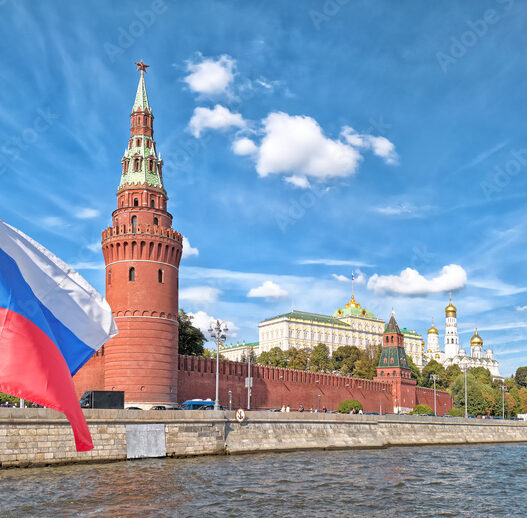Reviving the German Economic Engine: Scholz’s Blueprint for Growth
Powered by MasterCFA.com
What Happened?
German Chancellor Olaf Scholz has announced a collaborative effort with industry leaders to revitalize Germany’s economy. Acknowledging the challenges faced by Europe’s largest economy, Scholz outlined a plan to reduce bureaucracy, strengthen investment, and create affordable, sustainable energy. He emphasized the need for more skilled workers and highlighted the importance of completing the capital market union.
Why Does This Matter?
Impact on the Economy:
Germany, as an industrialized and export-oriented country, has been significantly affected by global economic challenges. The government’s efforts to boost growth could have far-reaching effects on the European and global economy, given Germany’s pivotal role in international trade and manufacturing.
Personal and Business Effects:
- Families may benefit from potential job creation and economic stability.
- Businesses could see reduced regulatory burdens and increased investment opportunities.
- The focus on skilled workers might lead to changes in immigration policies and education systems.
Theoretical Concepts in Action:
Economic Theories at Play:
- Supply-Side Economics: Scholz’s focus on reducing bureaucracy and strengthening investment aligns with supply-side economic theory, which suggests that lowering barriers to production can stimulate economic growth.
- Human Capital Theory: The emphasis on skilled workers reflects the importance of human capital in economic growth, a key concept in modern economic theory.
- Sustainable Development: The push for affordable, sustainable energy showcases the integration of environmental concerns with economic growth strategies.
Real-World Application:
- Supply-Side Economics in Action: Historical examples include Reagan’s economic policies in the 1980s, which aimed to stimulate growth through tax cuts and deregulation. In Germany’s case, reducing bureaucracy could lead to faster business formation and expansion, potentially increasing overall economic output.
- Human Capital Development: Countries like Singapore have successfully leveraged human capital development to drive economic growth. Germany’s focus on skilled workers could lead to targeted immigration policies and educational reforms, similar to Canada’s points-based immigration system that attracts skilled professionals.
- Sustainable Energy and Growth: Denmark’s transition to renewable energy not only reduced its carbon footprint but also created a new industry sector, boosting economic growth. Germany could potentially replicate this success, creating jobs in the green energy sector while addressing environmental concerns.
What Could Happen Next?
- Policy Implementation: We might see new legislation aimed at cutting red tape and incentivizing business investment.
- Labor Market Changes: Potential reforms in immigration laws and education systems to address the skilled worker shortage.
- Energy Sector Transformation: Increased investment in renewable energy technologies and infrastructure.
- European Integration: Progress on the capital market union could lead to more integrated financial markets across the EU.
Why You Should Pay Attention:
Understanding these economic strategies is crucial for making informed investment decisions and career choices. For instance:
- Sector Analysis: Knowing which industries might benefit from reduced bureaucracy or increased investment can guide stock picking and portfolio allocation.
- Job Market Trends: Awareness of the focus on skilled workers can help in planning personal skill development or career transitions.
- Global Economic Dynamics: Understanding Germany’s economic strategies provides insights into potential shifts in global trade and manufacturing patterns.
- Sustainable Investing: The emphasis on sustainable energy highlights the growing importance of ESG factors in investment decisions.
Questions to Ponder:
- How might Germany’s focus on reducing bureaucracy affect its traditionally strong social safety net?
- What potential challenges could arise from prioritizing skilled immigration in a country with a history of integration debates?
- How might Germany’s push for sustainable energy impact its traditional automotive industry?
- Could the completion of the capital market union significantly alter the landscape for European investors and businesses?
- What lessons can other developed economies learn from Germany’s approach to economic revitalization?
Keep Learning with MasterCFA: Staying informed about national economic strategies and their global implications is crucial for any aspiring financial analyst. Dive deeper into these topics to enhance your understanding and prepare for the CFA Exam. Explore more insightful articles and resources with MasterCFA to stay ahead in your finance career.















